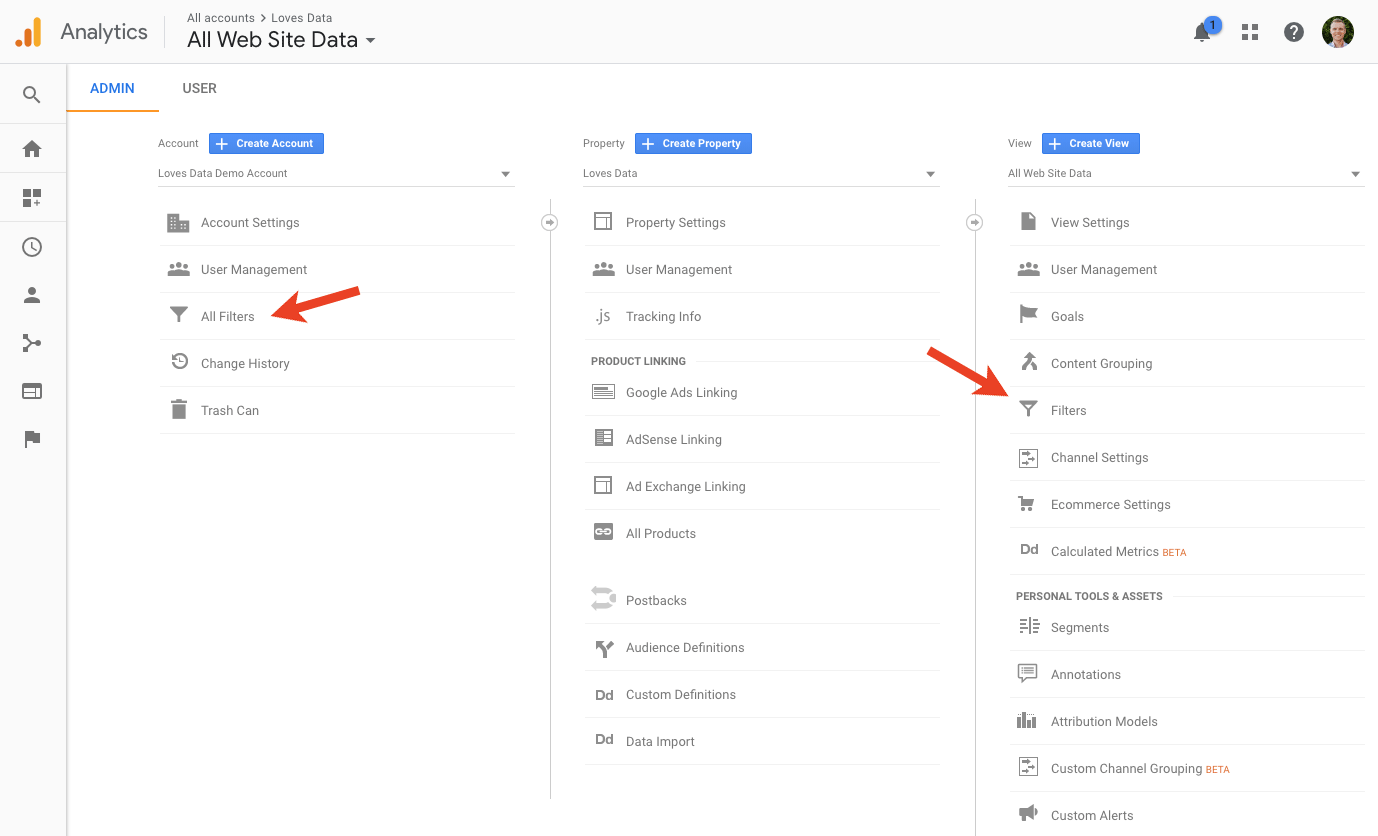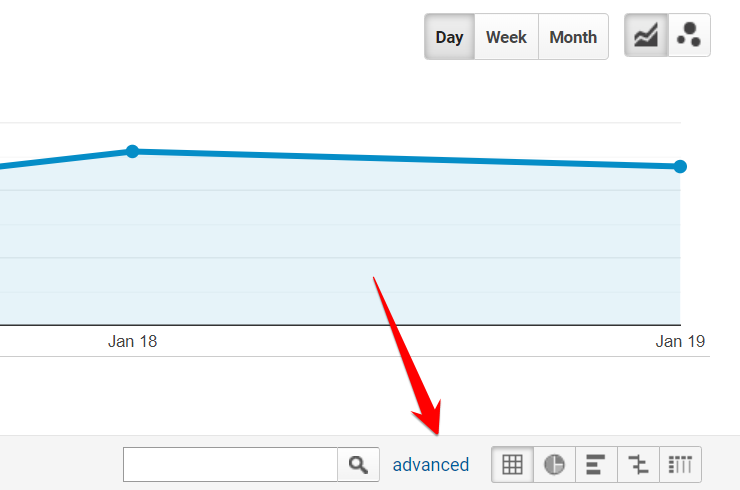Top Guidelines Of In Which Order Does Google Analytics Filter Data
Table of Contents5 Easy Facts About In Which Order Does Google Analytics Filter Data Explained8 Easy Facts About In Which Order Does Google Analytics Filter Data ExplainedThe smart Trick of In Which Order Does Google Analytics Filter Data That Nobody is DiscussingNot known Details About In Which Order Does Google Analytics Filter Data
mistake: Alert: Web content is protected!! We utilize cookies on our web site to offer you one of the most relevant experience by remembering your choices as well as repeat brows through (In Which Order Does Google Analytics Filter Data). By clicking "Accept All", you consent to using all the cookies. Do not sell my personal info. Manage authorizationIn this article, we review the benefits of Filters and how to create them to resolve some typical troubles. Filters job with each other with Views, to separate a subset of your data. Keep in mind that, right here, the term "Filter" is short-hand for "Sight Filter," which should not be perplexed with the filters that can be contributed to personalized records.
Sight Filters resemble Advanced Segments except that Filters are long-term. They are applied during data collection for a View so that the unwanted data never obtains stored because View. Advanced Segments, on the other hand, deal with reports and also restrict the information displayed in a certain report.
Usage Filters when you require a View where all the reports show only the filtered information. One benefit of making use of Filters (as opposed to Sectors) is information safety.
Some Known Incorrect Statements About In Which Order Does Google Analytics Filter Data
In this circumstance, you would develop a "Blog site Only" View by using a Filter that limits information to only Blog site Pageviews. You can often attain the very same results in your records by using Sections.
It is likewise less complicated for customers, that may not be totally proficient in Google Analytics, to just tell them to check out a certain Filteringed system Sight, as opposed to teaching them just how to function with Segments. Keep in mind that Filters as well as Segments do not produce precisely the very same results. To comprehend the differences, I suggest reviewing The essential difference between sectors and also filters post by Analytics Canvas.
By always having at least one unfiltered View, you understand that you are covered. To develop a Filter, open up the Admin area, select the View you want to filter, select "Filters," and click on "+ New Filter (In Which Order Does Google Analytics Filter Data)." You will certainly after that be presented with a configuration display for setting up your Filter
Our In Which Order Does Google Analytics Filter Data Diaries
When you first create a Filter, you should attempt it out on a test Sight initially. This means, if you slip up, you will not corrupt the information in one of your existing Sights. Currently that you know how to create a Filter, lets take an appearance at a few of the better type of Filters you may want to utilize to analyze your internet site.
The example above jobs only if your interior traffic comes from fixed IP addresses i. e., the address (or range) does not change. If your staff members log in from house, or on the roadway, then opportunities are their web traffic is coming from dynamic IP addresses, and there is no way to know in development where they are coming from and filter them out using an IP address.
You might desire to have a Sight that contains only blog site website traffic. Right here is the Filter that we use to develop our "Megalytic Blog Site Only" View. In you could check here this instance, we are able to use the "Predefined filter" option and also just specify the blog site directory for inclusion. All hits from visits to web page paths that do not begin with "/ blog site/" will be filteringed system out of this View.
For instance, we have a Sight that reveals just traffic from visited Individuals. We utilize this View to analyze the habits of people who are using the Megalytic item, rather than searching the website or checking out the blog site. One way to do this is to develop a personalized dimension that will certainly flag the Sessions from your "Super Users." You will additionally need to include tracking code to your website that sets the custom dimension.
What Does In Which Order Does Google Analytics Filter Data Mean?
When the custom dimension is established and tracking, you can produce a Sight Filter to consist of just Sessions where that customized dimension has been set. At Megalytic, we use a customized dimension named "User, Id" to identify Users who have actually developed Megalytic accounts. Below is what our Filter interpretation resembles.

You should never add any kind of filters to this sight. This sight would certainly be the one you utilize for reporting often. Call it whatever you like, but make certain it's connected to your group which watch need to be made use of for coverage. Apply your filters to this "Test View".
